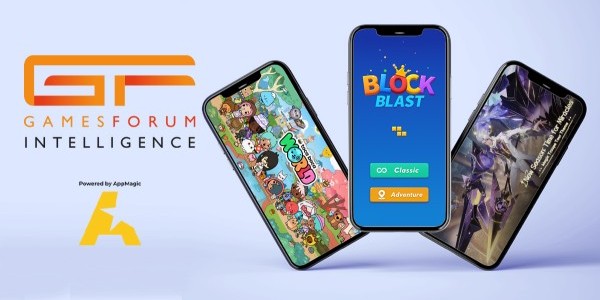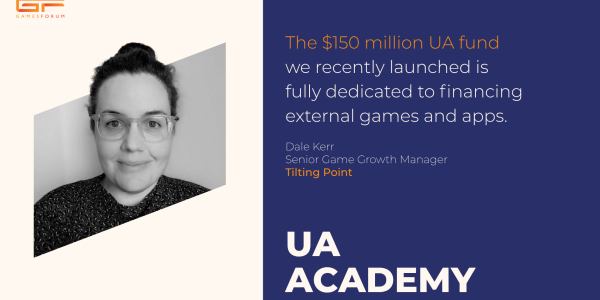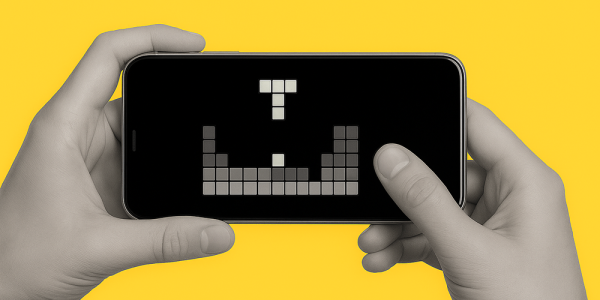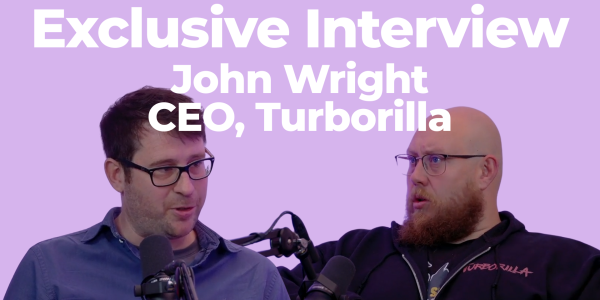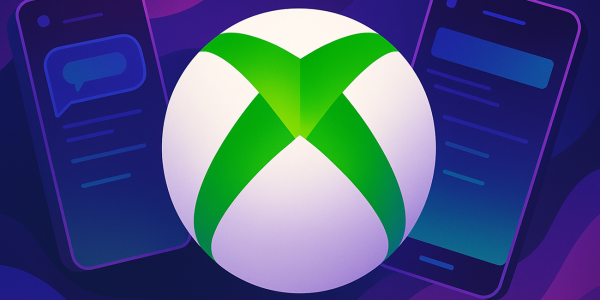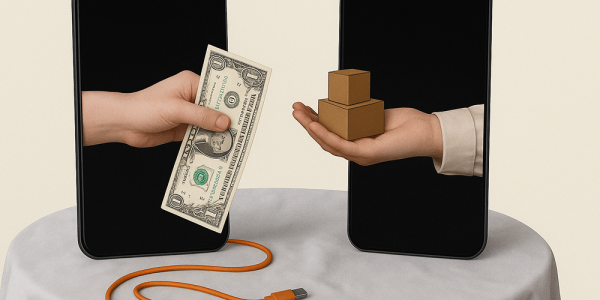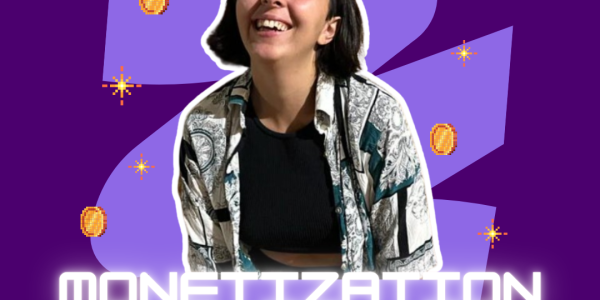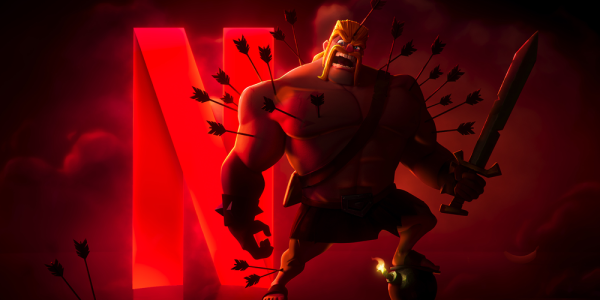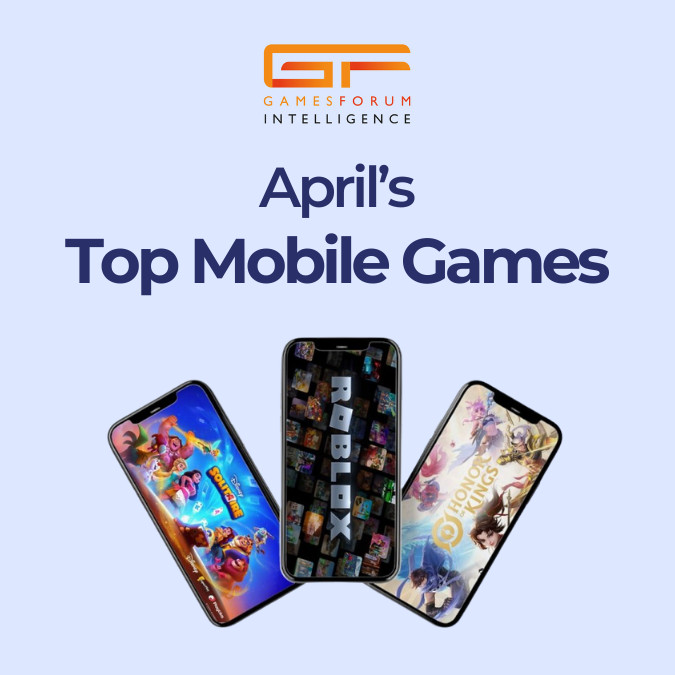Gamesforum Meets… Igor Melniks, SVP of Business Development, ZBD
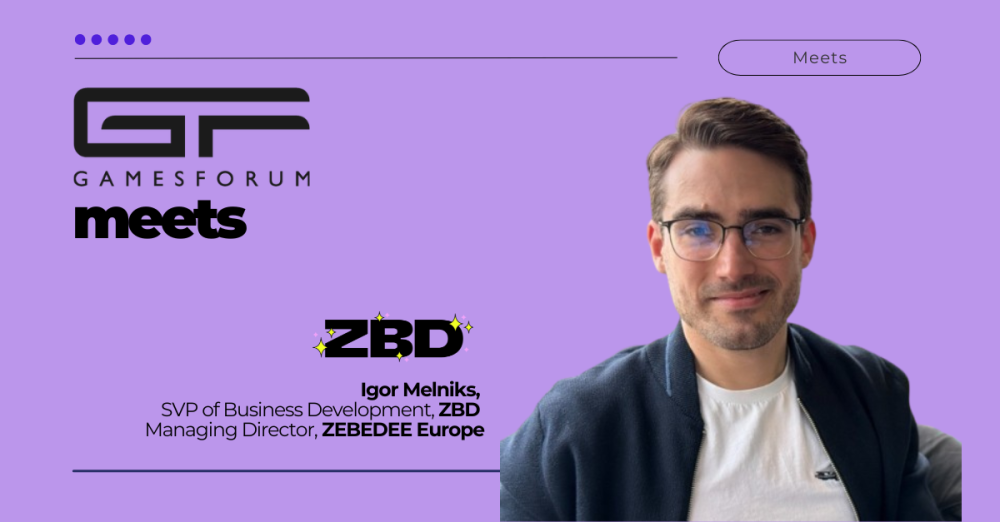
Igor Melniks, SVP of Business Development at ZBD and Managing Director at ZEEBEDEE Europe, shares their insights on the evolving rewarded traffic landscape, ahead of their talk at Gamesforum Hamburg next week (10-11 June). With over a decade in gaming monetization and roles at Tapjoy and ironSource, Igor discusses the shift to real-world rewards like Bitcoin and how ZBD is boosting player retention and value.
Hi Igor, thanks for joining me! Can you briefly introduce yourself.
Hi! (Thanks for having me.) I’m Igor Melniks, SVP of Business Development at ZBD and Managing Director at ZEBEDEE Europe. I’ve been working for over a decade at the crossroads of gaming, advertising, and emerging tech, helping to build and grow platforms that make interactive content more rewarding for both players and developers. My current focus is on expanding our solution, building partnerships, and coming up with new strategies to help improve the gaming experience.
Before joining ZBD, I held senior roles at ironSource and Tapjoy, where I focused on user acquisition across EMEA and led teams supporting some of the top game developers. Whether it's growing partnerships, exploring new monetization ideas, or supporting overall growth, I’m focused on helping the gaming industry evolve and improve.
I’m excited to be here to share insights about how the digital economy in games is changing and to discuss ways we can create more engaging and rewarding experiences for players.
Having worked with rewarded traffic your whole career, how do you see the space has changed?
Rewarded and incentivized traffic has evolved from a quick, often low-quality install tactic into a sophisticated, user-friendly monetization strategy focused on engagement and long-term player value.
Incentivized campaigns were once viewed with skepticism, often seen as a source of low-quality users. Recognizing this, Tapjoy helped rebrand the space by introducing the term “rewarded traffic.” It took time, but I’m pleased to see that this positive framing has become widely accepted.
The focus today is on quality, choice, and seamless integration into gameplay.
In the past few years, a major shift also happened with the introduction of real-money rewards in various ways - be it gift cards, cash payouts or crypto.
One big topic at our Barcelona event in February was the difference between incentivised traffic from 2015-16 and the current perception of reward. Do you see any core differences, be it network optimisation or player perceptions?
The main difference is in the type of rewards being earned by players. In the incent traffic days, it was in-game currency and the vast majority of incent traffic came from offerwalls inside games. Meaning the rewards were confined to the game or ecosystem in which you earned them. Today, the market has shifted primarily to apps that reward users with real-world value - either gift cards, cash payments or crypto. Rewarded UA providers all try to find differentiators for their apps, but the common denominator is rewards with some sort of real-world value outside the ecosystem you’re earning them in.
Beyond the real-money element, the space has just overall matured a lot and offerings have improved. Here’s a few more key drivers I see driving the current boom:
Improved User Experience: Offerwalls and rewarded ads today feature much cleaner, more polished designs. Whereas a decade ago a nice-looking interface was a bonus, it’s now an essential part of delivering a user-friendly experience and driving success.
Greater Campaign Flexibility: Modern platforms allow multiple events within a single campaign, enabling users to earn rewards continuously as they engage with the game. Previously, separate campaigns were required to offer players a variety of options.
Android’s Dominance: Following Apple’s policy changes in 2016–2017, Android emerged as the leading platform for incentivized and rewarded traffic, significantly shifting the market landscape.
To talk a little bit more about ZBD in particular and the role of Bitcoin, how has the particular alignment with Bitcoin helped drive high retention in your users?
It’s a good differentiator in a space that is becoming very crowded very fast. Bitcoin is the best performing investment asset of all time, looking purely at YoY average price. So it is highly appealing as a reward. But really the main point of ZBD is not Bitcoin itself, it’s the concept of giving players real money, instantly. The value of earned rewards is in no way tied to or controlled by ZBD. It’s real Bitcoin, once you’ve earned it it is yours.
Bitcoin is especially suitable as a mechanism for player rewards, because it is global and allows us to send users very small amounts at a time - ZBD supports transactions as small as $0.001. Transactions are instant and with near-zero fees. This is possible because ZBD is, at its core, a financial services company building our own payments infrastructure on the backbone of Bitcoin.
Our goal is to further develop ZBD in a way that we can keep this core utility value that Bitcoin gives us as our core payment rail, but also make Bitcoin itself less important to the whole proposition. What I mean by that is, we will be providing more ways for users to either spend their Bitcoin rewards or withdraw them as different currencies. For example, the two most popular cash out mechanics in the ZBD app are gift cards and send to Cash App. Soon, players will be able to directly link their bank account and receive EUR or USD when they cash out.
So to put a very long answer more simply: Bitcoin serves us pretty well on its own, but its true power lies in everything we can build on top of it, while keeping our core proposition of ZBD rewards always having intrinsic real-world value the moment you earn them.
A slightly different question, I wanted to ask if there was a conscious decision to align with mining games? And if you see the perception of mining for Bitcoin has boosted user engagement?
I wouldn’t say we are aligned with mining games in any special way. We provide rewards solutions and support our partners towards mutual success. What games they want to integrate us into is their decision. It just so happens that a game called Bitcoin Miner has had massive success with ZBD rewards and other games are trying to replicate that. I mean, it makes total sense conceptually and is working well for our partner studios, so we’re all for it.
If anything, the false perception some users have that their devices are in some way mining Bitcoin to get rewards is problematic. That’s not at all what’s happening - users are simply getting paid a revenue share in a gamified way. This has become less of a problem over time, as the proliferation of rewarded gaming apps has made the concept of earning real-money rewards in a game more familiar to users. But still, this false perception is definitely not boosting user engagement.
What does boost engagement, retention and monetization is giving users an incentive they actually want and can use outside the game - Bitcoin is a great fit for that. Looking specifically at Bitcoin Miner, users that withdraw rewards show 400% better D7 retention than users that don’t engage with rewards.
One challenge that has come up regarding rewarded traffic is retention post payback window, how do you help publishers manage this?
This is a real problem with rewarded UA that everyone is trying to solve, but I don’t think anyone has really cracked it yet. That’s why we are focused on additional rewards solutions that help solve this problem and complement UA.
Our core rewards product is an SDK (or API for those that want to go mega-custom) that gives users real-money rewards inside a game. On the level of the game. Meaning the rewards are not tied to the ZBD app or traffic coming from the ZBD app. The game itself uses ZBD Rewards SDK to give tiny amounts of money to its players, regardless of what traffic source they came from and how long they’ve already been playing. There is no end of the funnel where users stop receiving rewards and churn.
Earlier we talked about Bitcoin Miner, one of our flagship integrations. That has been live with ZBD rewards for over three years now and some players have been actively engaging and receiving rewards that whole time. In fact, one of the reasons Fumb Games was able to have such great success with Bitcoin Miner is because adding ZBD Rewards unlocked D180+ retention. Consistently, we see that long-tail retention improves (relatively) more than early retention when games add ZBD Rewards with our SDK. In other words, this is the exact opposite of the problem the Rewarded UA space is facing.
At the same time, we are also a rewarded UA provider through the ZBD app. When you combine the two, it becomes a very powerful proposition - Rewarded UA gets players in and the relatively high rewards are good motivation to build a habit of playing. Then the (relatively smaller, but perpetual) SDK rewards keep them playing for a very long time.
Having worked with different networks and offerwalls in the rewarded space, what advice do you have for publishers looking to test rewarded offerings? How should they best allocate budgets for testing?
It’s like any UA source - you won’t know which networks will work best until you try them. There’s nuances to each, mostly tied to the kind of audience they have. For ZBD, for example, the audience skews towards male and slightly more tech-savvy users. But we recently ran a campaign for a game targeting a female audience and that worked very well, likely because this segment can end up being overlooked if most advertisers see our gender splits and decide to focus on male-oriented titles.
So my suggestion is to set a test budget that gets you a decent sample size to evaluate performance and apply that same budget to as many providers as you can. Results will differ and they might surprise you. And be aware that rewarded UA requires quite a bit of optimization to get it to a sweet spot, so don’t expect to get it right instantly and don’t expect to get meaningful results with very small budgets.
Final question, what can our audience expect to hear from you at Gamesforum Hamburg?
This QA is a sort of glimpse into what I am going to present. But my talk in Hamburg is going to be more chronological - lessons from the bygone era of incent traffic, how we got to the current rewarded era and what I believe is coming next. It’s a very exciting time in this space and we’ve got a lot of innovations in the works to create novel ways to use payments tech for creating additional value for players and publishers.


